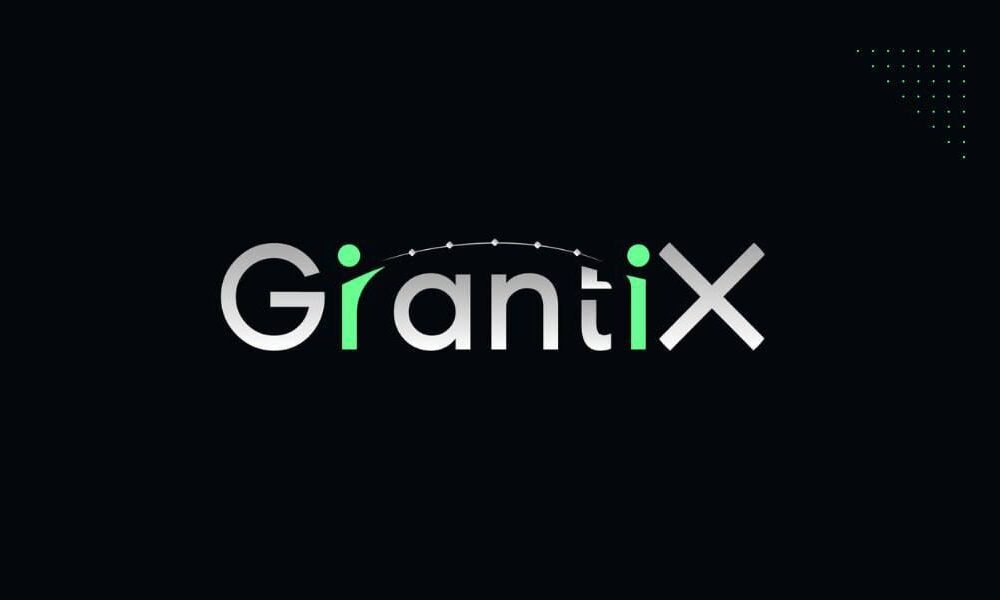India follows a quasi-federal system with a strong central authority and autonomous state powers. For aspirants preparing for UPSC, SSC, State PSCs, and law entrance exams, understanding the state government and federal structure is essential. In this blog, we break down key concepts through simplified explanations and Indian constitution questions and answers focused on the state government and federal system.
Understanding India’s Federal System
The Constitution of India divides power between the Union Government and State Governments. This federal structure ensures both national unity and regional autonomy.
Key features of India’s federal system:
- Dual polity — Union & States
- Three-list system (Union, State, Concurrent List)
- Independent judiciary
- Single Constitution and single citizenship
- Strong centre
This unique mix of federalism and unitary characteristics is why India is called “a Union of States” — emphasizing unity and integrity.
State Government & Federal System: Important Indian Constitution Questions and Answers
Below are exam-oriented Indian constitution questions and answers that help reinforce core concepts.
Q1. Why is India called a “Union of States” and not a federation?
Answer:
Article 1 describes India as a “Union of States”. The framers used this term to reflect:
- The indestructible nature of the Indian Union
- States cannot secede from the Union
- Strong emphasis on unity and sovereignty
Thus, India’s constitution ensures federalism but with a powerful center.
Q2. How are powers distributed between the Union and State Governments?
Answer:
Powers are divided through Article 246 and the Seventh Schedule:
- Union List – 97 subjects (e.g., defense, foreign affairs)
- State List – 66 subjects (e.g., police, public order)
- Concurrent List – 47 subjects (e.g., education, forests)
In case of conflict on Concurrent List subjects, Union law prevails.
Q3. What is the role of the Governor in the state government?
Answer:
The Governor is the constitutional head of the state (Article 153). Key powers:
- Appoints Chief Minister
- Can reserve bills for President’s approval
- Enjoys discretionary powers in special circumstances
Though elected indirectly by the Union, the Governor functions as a bridge between the Centre and the States.
Q4. What is “Cooperative Federalism”?
Answer:
Cooperative federalism refers to coordination between Union and State governments for national development. Examples:
- GST Council
- NITI Aayog
- Centrally Sponsored Schemes
This ensures smooth governance and policy-level cooperation.
Q5. When can the Centre take control over State matters?
Answer:
The Centre can intervene in state affairs in cases of:
- National Emergency (Article 352)
- State Emergency / President’s Rule (Article 356)
- Financial Emergency (Article 360)
These provisions highlight India’s strong-centre federal model.
Exam Tips
When preparing Indian constitution questions and answers, remember:
- Focus on Articles: 152–237 (State Government)
- Understand the 7th Schedule
- Revise emergency provisions & Centre-State relations
- Practice UPSC, SSC, and State PCS polity MCQs regularly
Conclusion
The Indian Constitution constructs a uniquely balanced federal structure that combines a powerful central authority with autonomous state governments. This model ensures national unity while granting states the flexibility to address local needs, making governance more efficient and people-centric. Understanding this framework is crucial for exam aspirants, as many questions focus on centre-state relations, constitutional articles, emergency provisions, and the working of state institutions. Regular practice of Indian constitution questions and answers enables students to strengthen conceptual clarity and develop analytical thinking. By mastering these foundational topics, aspirants can confidently approach competitive exams and excel in polity and governance sections.





























